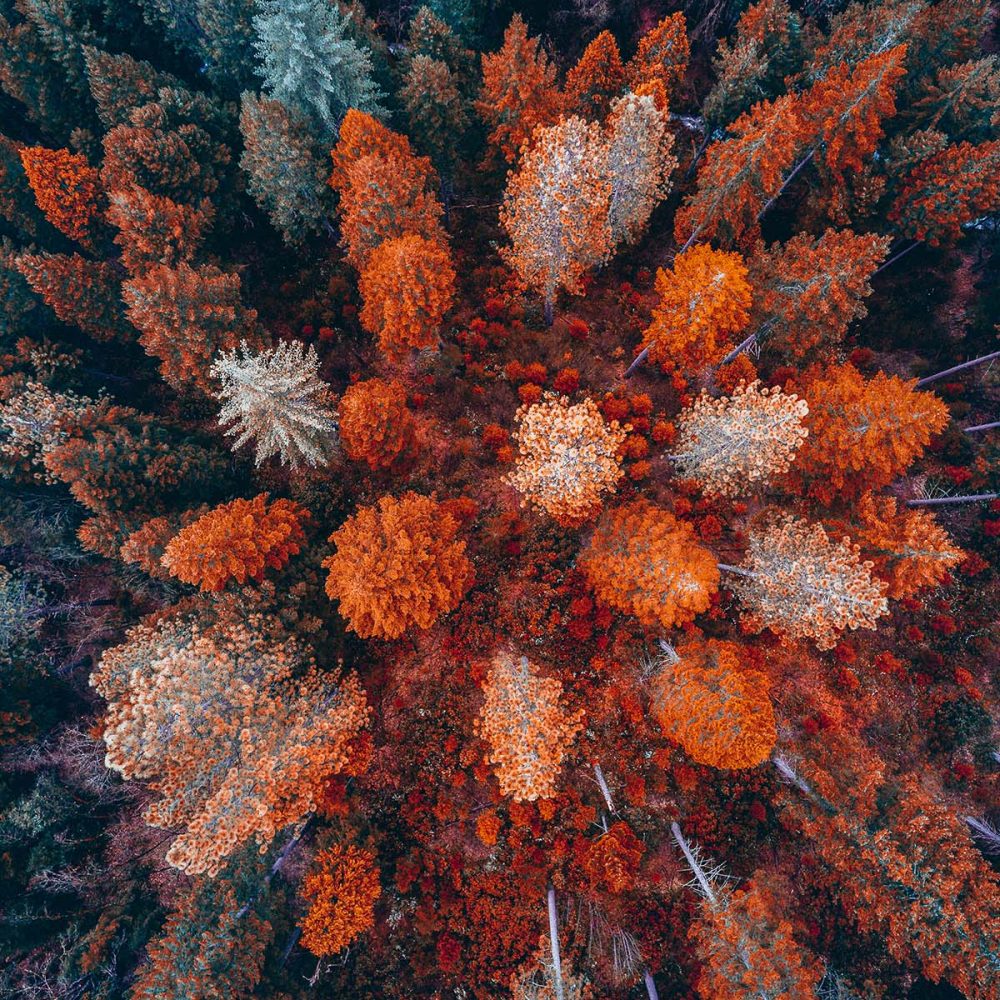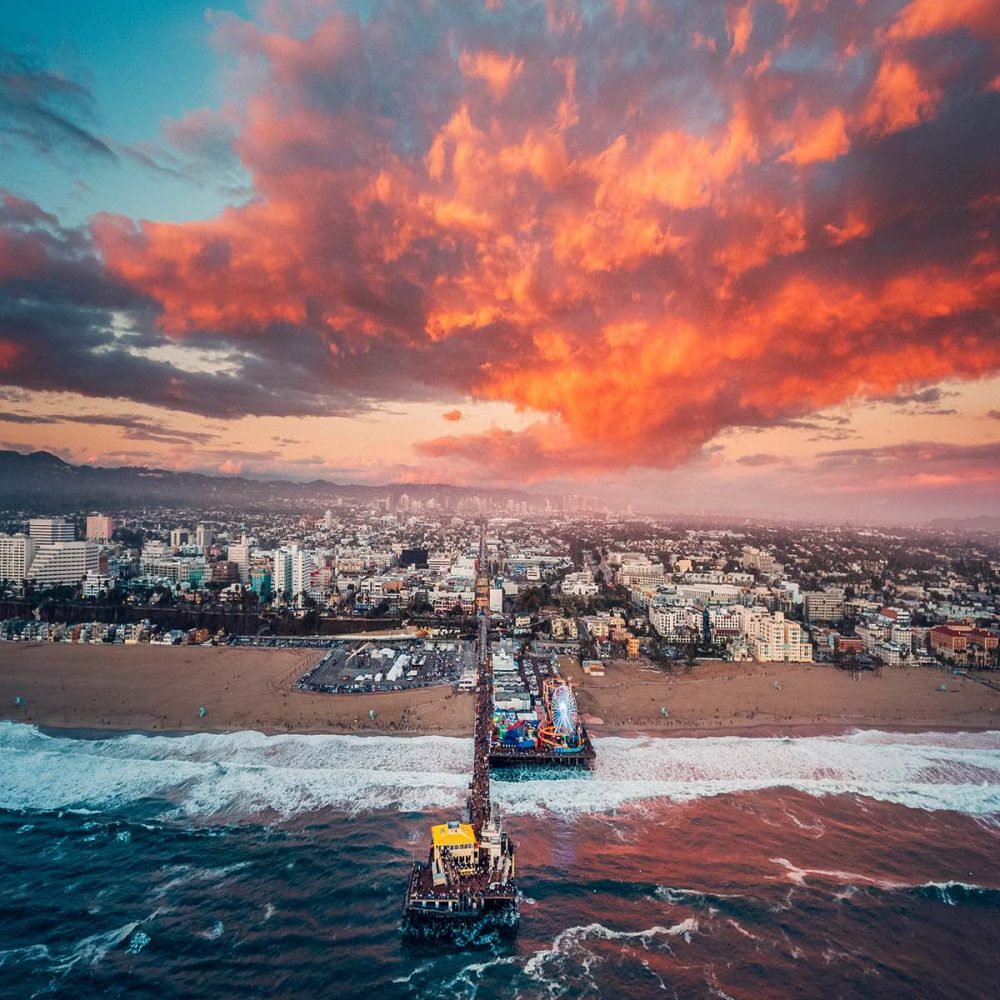“In 2007, Errol Morris wrote a three-part series for the NY Times about a pair of photos taken by Roger Fenton of the Crimean War in 1855. Taken from the same position on the same day, one of the photographs shows cannonballs scattered on a road while in the other photo, the road is clear of cannonballs. Which one, Morris wondered, was taken first and why?” (via).
Although he can never answer why they were moved, he does conclude which one was taken first.
This doctoring of a photo reminds me of another famous photo (this was doctored by the Soviet Union) that was recently discovered as fraud. Both have been manipulated for very specific reasons, and both - in their altered version - caused quite a stir.
What’s interesting to me is although both are altered, only one seems to be morally wrong. The Soviet picture was manipulated to save ridicule and produce and makes the Soviets seem better than they are. Which is wrong.
This one, however, is making the situation worse for the purpose of drawing more people into the harshness of the war, so they’re more sympathetic, more involved. And that, to me at least, is an entirely different motive and one that can be argued. Do the ends justify the means? Sometimes.
And perhaps this is one of those times.
For more on . . .

































